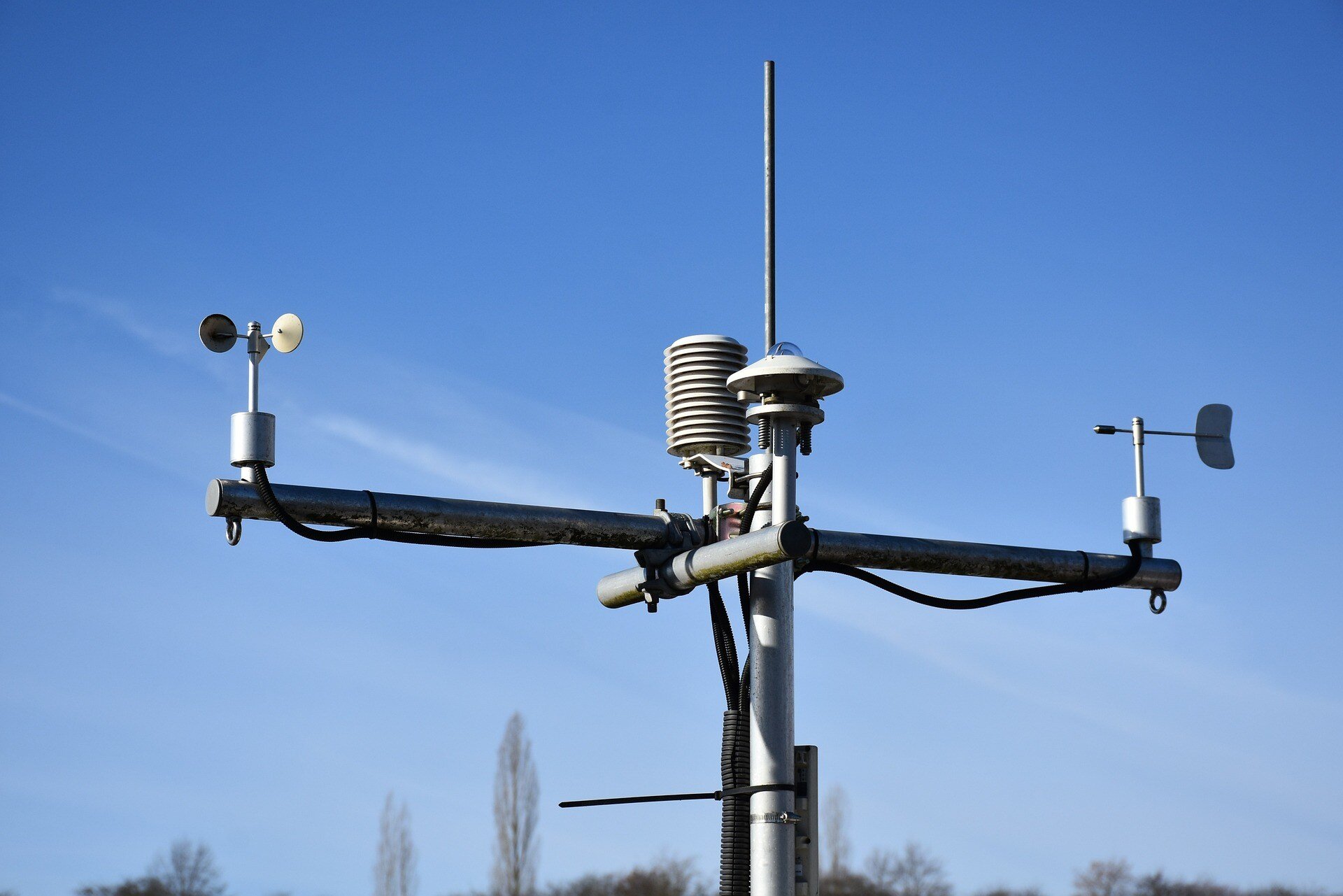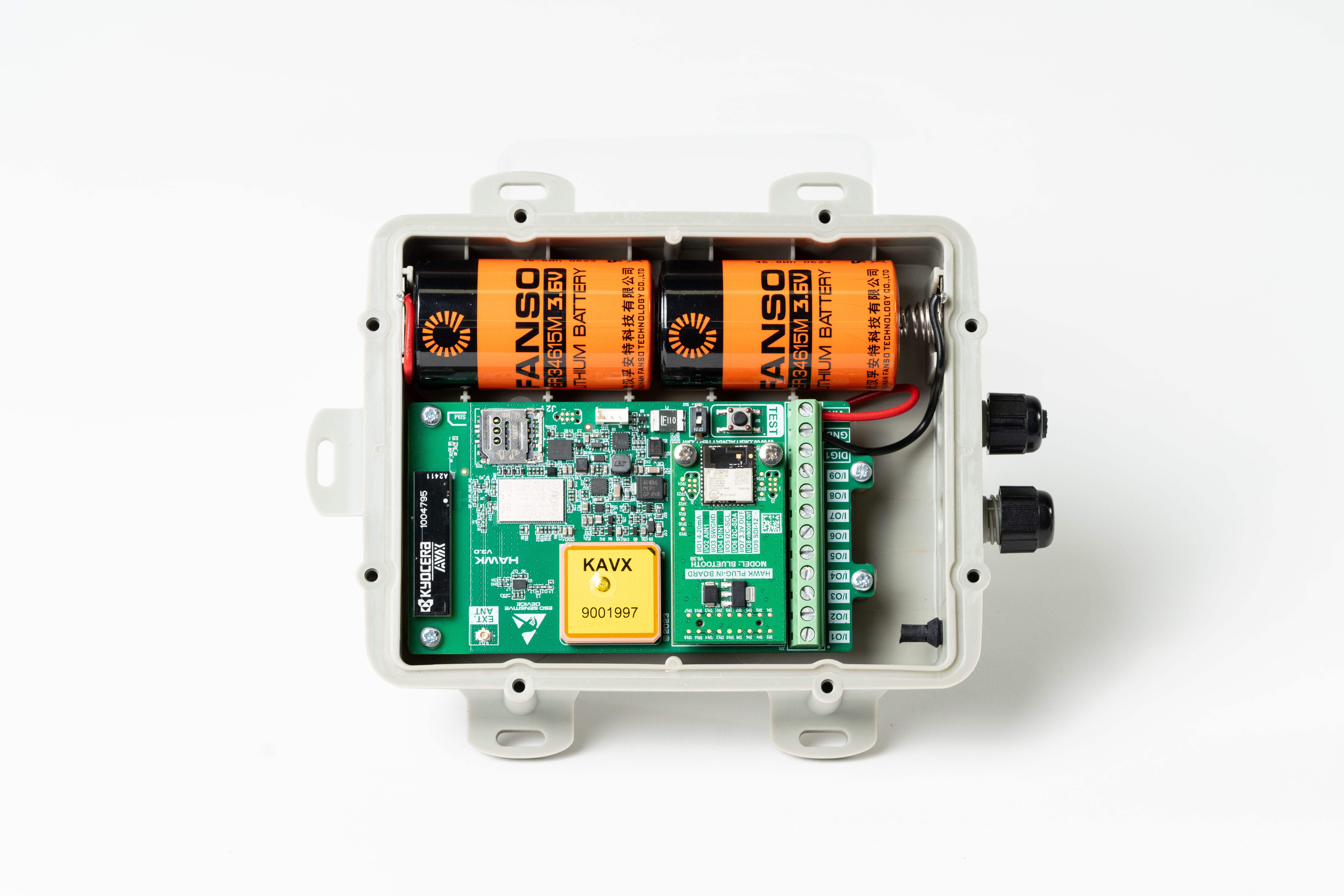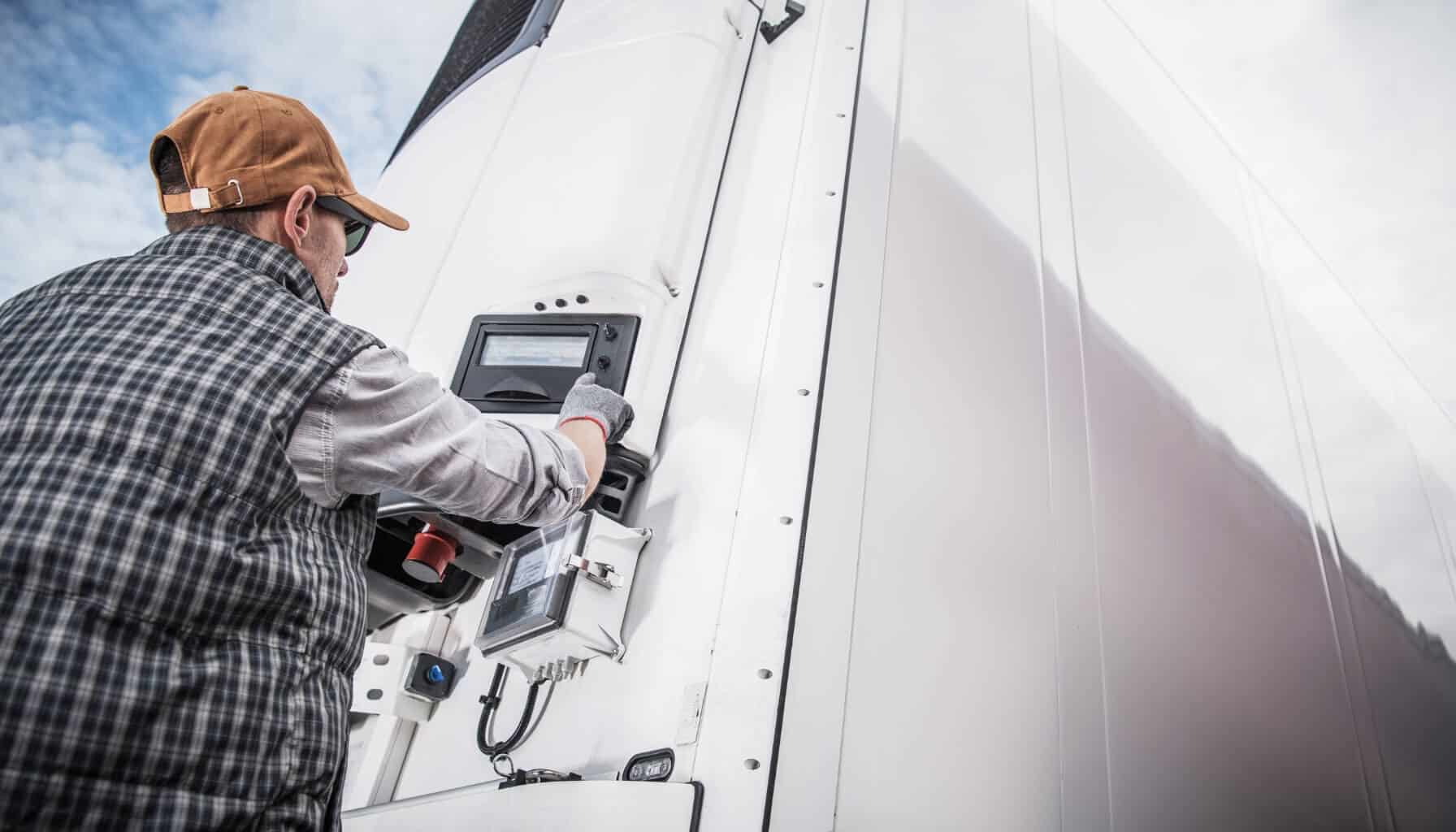Wireless Weather Station Monitoring

Our mission is to help businesses connect, protect, and derive more value from their assets. As a leading global innovator, developer, and supplier of IoT solutions, we drive continuous innovation to enable our partners to deploy confidently at scale worldwide.

Wireless weather stations use various weather sensors to collect near-real-time data, which is important for agriculture, meteorology, and environmental research. Additionally, these solutions allow weather stations to be deployed in remote locations, making it more efficient to collect critical data necessary to manage environmental challenges.
What is a Wireless Weather Station?
A wireless weather station is a system designed to monitor different environmental conditions using a variety of weather station sensors. These key components capture and communicate crucial information, such as temperature, humidity, UV level, wind speed range, wind direction, barometric pressure, and atmospheric pressure to an end platform used for near-real-time decision-making.
Technology Behind Wireless Weather Stations
The nature of wireless communication technology allows the sensors in a weather system to translate data seamlessly from the weather station to a data logger. This setup is ideal for users seeking accurate, real-time insights into weather conditions over an extended period. The data logger interprets, stores, and transmits the data gathered from the weather station. Collected data is then sent to the cloud and can be remotely accessed, eliminating the need for extensive wiring and providing simplified installation while allowing for flexible sensor placement. This makes it easier to expand the network with additional sensors, even in remote locations. accuracy, position
Modern wireless protocols such as NB-IoT or CAT M1 ensure robust, secure data transmission with features like error correction and encryption. The near-real-time data transmission enables immediate insights, which are crucial for weather forecasting and environmental monitoring.
How Do Wireless Weather Stations Work?
Wireless weather stations have intricate and advanced technology to monitor environmental conditions efficiently and accurately.
Sensor Placement and Connectivity
Weather sensors are placed strategically to identify the most relevant environmental data, including wind speed and direction, for precise monitoring. These sensors connect wirelessly to real-time analytics and storage systems, ensuring accurate data collection and transmission.
Near-Real-Time Data Monitoring
Once installed, these weather sensors can display information on an end platform for monitoring and analysis, providing critical notifications and alerts. This data can be used to make more informed, data-driven decisions.
What Can Wireless Weather Stations Track?
Wireless weather stations are designed to capture a wide range of environmental metrics, providing real-time insights into current conditions.
They can track outdoor temperature and indoor temperature, temperature humidity levels, and rainfall data for accurately measuring rainfall over time. These systems often include sensors for solar radiation, location data, and wind speed, offering a comprehensive view of local weather patterns. By monitoring critical parameters like rain, temperature and humidity, these stations help users stay informed about changing weather conditions.
Benefits of Wireless Weather Stations
Wireless weather stations make it easier to monitor critical weather data in remote locations. These devices have a multitude of use cases, including:
-
Agriculture: Monitor soil moisture, temperature, and humidity, often used to optimize crop growth.
-
Meteorology: Collection of data for weather forecasts and climate studies.
-
Environmental Monitoring: Tracking of atmospheric conditions to study environmental changes.
Wireless technology eliminates the need for extensive wiring and maintenance that traditional weather stations require. This provides a cost-effective and efficient solution with regards to weather monitoring.
Wireless Weather Station Data Logger: The Hawk
Data loggers act as the bridge between the weather station and the cloud. Data loggers store and analyze data from the weather station in the cloud, for remote access. The Hawk, our remote sensor monitoring data logger device, can be used for wireless weather station monitoring and offers several key benefits:
-
Near-Real-Time Data Logging: Cellular LTE-M (Cat-M1) and NB-IoT Connectivity with the ability to configure upload intervals for precise monitoring.
-
Flexible Architecture: Near-limitless sensor integrations, customizable I/O cards with nine inputs/outputs to monitor more from a single device. We can also design custom I/O cards depending on your needs, MOQs apply.
-
Customizable Design: Select from multiple housing and power options to build your specific solution.
Integration with Weather Station Sensors
The Hawk integrates with a large range of weather station sensors, allowing for fast deployment. Some common weather sensors compatible with the Hawk include:
-
Temperature Sensors
-
Humidity Sensors
-
Wind Speed Sensors
-
UV Sensors
-
Atmospheric Pressure Sensors
The Hawk ensures optimal performance with these sensors, providing accurate and reliable data for comprehensive weather monitoring.
To learn more about sensors compatible with the Hawk, please visit our Knowledge Base.
Summary
Wireless weather stations enable the collection of accurate, real-time data, which can be flexibly deployed and offer a cost-effective monitoring solution. Whether you're in agriculture, meteorology, or environmental monitoring, data loggers like the Hawk can be used to enhance your weather station's monitoring capabilities.
Learn more about how the Hawk data logger can improve your weather monitoring requirements or contact us to discuss your specific requirements.
Wireless Weather Station FAQs
How do weather stations help save data for long-term analysis?
The Hawk data logger can store up to 80,000 records locally on the device, ensuring no weather data is lost, even if connectivity drops out. This robust local storage is ideal for long-term environmental monitoring in applications like agriculture, climate research, and field studies, where continuous, uninterrupted data is required for accurate trend analysis.



.png)


.jpg?width=352&name=Untitled%20design%20(1).jpg)
.jpg?width=352&name=Untitled%20design%20(3).jpg)
-1.jpg?width=352&name=Untitled%20design%20(6)-1.jpg)